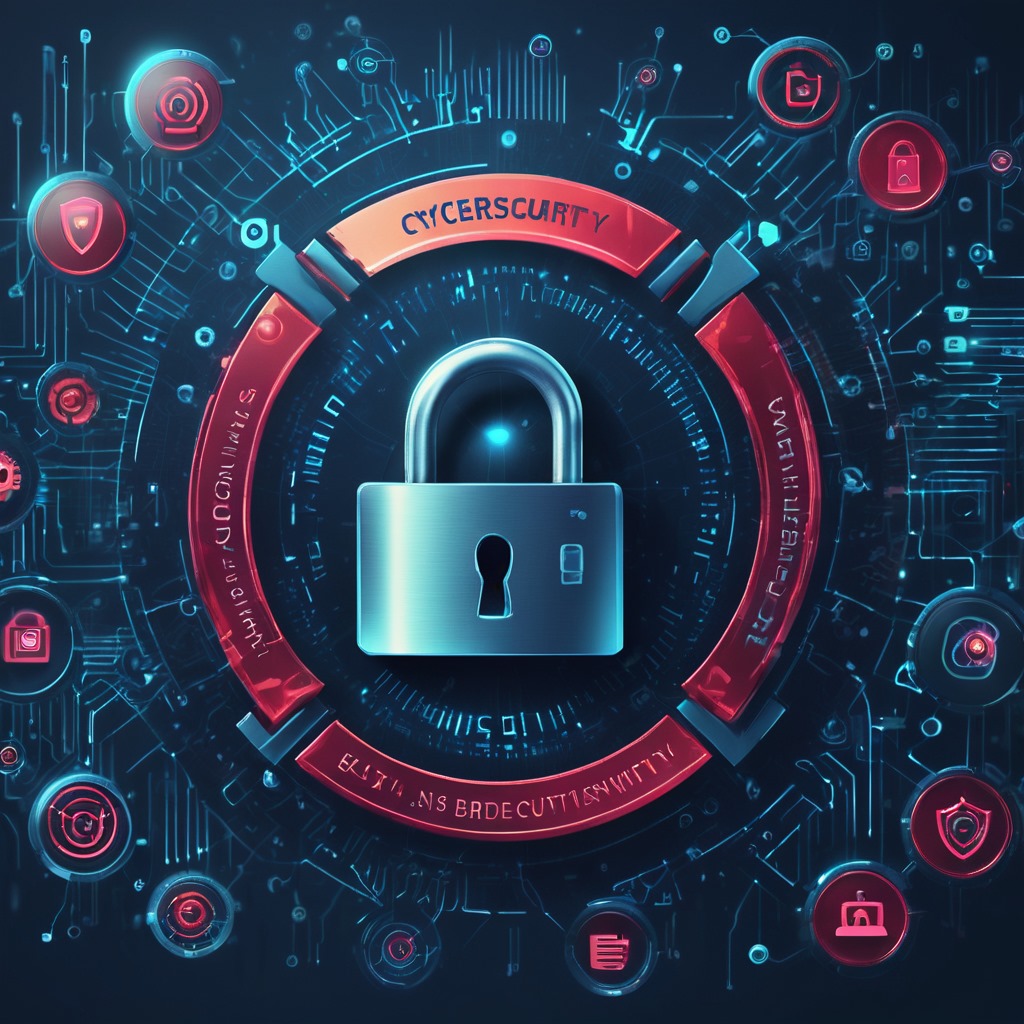Overview:
In a time of digitalization and technological integration in all facets of our lives the implementation of e-challan systems for traffic enforcement has brought about a dramatic change in the administration of infractions and the collection of fines. Law enforcement and the public have benefited from the streamlined process but these systems have also given cybercriminals more ways to take advantage of gullible people. In this thorough guide we explore the realm of e-challan scams in detail revealing their history analyzing the strategies scammers use and offering doable solutions to help people protect themselves from this ubiquitous threat.
Quick Overview of E-Challans: What They Mean.
The electronic challan also known as an e-challan is a digital advancement in traffic enforcement that substitutes efficient digital systems for conventional paper-based techniques. Due to the electronic issuance of traffic violations made possible by these systems law enforcement agencies are able to process fines more quickly with less paperwork and greater accuracy. Different regions have adopted e-challan systems at different rates infrastructure legal frameworks and public acceptance are some of the factors that have caused some countries to adopt the technology more quickly than others.
The emergence of E-Challan Frauds: Exposing the Danger.
E-challan scams have become a serious threat in recent years taking advantage of the flaws in digital communication channels. Scammers use the trust people have in official-looking documents and emails to trick them into paying fictitious fines for traffic infractions that never happened. The increased digitization of government services the growth of online payment platforms and the anonymity provided by the internet are all factors contributing to the rise in e-challan scams.
Anatomy of an E-Challan Scam: Tactics and Techniques.
Scammers who use e-challans use a range of strategies to trick their victims from fabricating emails and websites to using social engineering. Scammers frequently imitate official government communications with intricate graphics logos and wording making it challenging for people to distinguish between real and fraudulent e-challans. E-challan scams work by psychologically manipulating their victims by using intimidation fear and a sense of urgency to force them to pay right away.
Vulnerable Demographics: Who Becomes a Victim of E-Challan Scams?
Some groups of people are particularly vulnerable to e-challan scams: the elderly those with low digital literacy and people who are easily frightened by people in positions of authority. Because they are less accustomed to digital technologies and tend to trust documents that appear official elderly people in particular may be targeted. Socioeconomic factors also come into play people from low-income backgrounds are more vulnerable financially and are therefore more likely to become victims of scams.
Red Flags and Warning Signs to Help Identify Fake E-Challans.
To guard against scams people must be able to recognize the telltale red flags and warning signs of phony e-challans. Errors in spelling and grammar disparities in the content and requests for quick payment are typical signs of fraudulent electronicchallans. People can prevent becoming victims of scams by confirming the legitimacy of e-challans through official channels like getting in touch with the issuing authority directly.

Preventive Actions: Guarding Against E-Challan Con artists. To reduce the likelihood of fraud people must be equipped with preventative strategies to safeguard themselves against e-challan scams. Scammers can be avoided by people who are mindful of their driving habits follow traffic laws and exercise caution when disclosing personal information online. Enhancing e-challan system security and lowering the possibility of fraudulent activity can be achieved through the use of multi-factor authentication encryption technologies and secure digital signatures.
Increasing Public Knowledge and Education to Strengthen Defenses Against E-Challan Frauds.
In order to educate people about e-challan scams and provide them the tools to spot and report fraudulent activity public awareness campaigns and educational programs are essential. Governmental organizations law enforcement agencies and community groups are essential in providing the public with resources and information about e-challan scams. People can increase their resistance to e-challan scams and help create a safer online environment by teaching themselves and their communities about cybersecurity best practices and fraud prevention techniques.
Reporting and Reaction: Combatting E-Challan Fraud. In order to stop e-challan scams and hold those responsible it is crucial to urge people to report questionable e-challans to the appropriate authorities or cybercrime organizations. In order to help law enforcement agencies with their investigations and prosecution of offenders it is helpful to document evidence of fraud and provide comprehensive information about the scam. Developing efficient response mechanisms and putting policies in place to stop scams in the future require cooperation between government organizations tech firms and cybersecurity specialists.
Securing the Future of E-Challan Systems through Technological Innovations and Solutions.
Preserving the integrity of traffic enforcement systems requires investigating technological innovations and solutions targeted at improving the security of e-challan systems. New technologies that show promise in identifying and stopping e-challan scams include machine learning algorithms blockchain technology and biometric authentication. To keep ahead of changing cyberthreats and guarantee that e-challan systems are resistant to fraud research and development expenditures must be sustained.
In Conclusion:
Despite the complexity and ever-changing nature of e-challan scams, people can safeguard themselves against becoming victims of fraudulent activities by being informed vigilant and aware of their surroundings. People may navigate the digital world with confidence if they know the tricks scammers use can spot the telltale signs of phony e-challans and take proactive measures to protect themselves. Furthermore in order to prevent e-challan scams and maintain the security and integrity of traffic enforcement systems cooperation between governmental organizations law enforcement agencies and the general public is crucial. By working together we can create a digital environment that is more resilient and safe for everyone.

Leave a Reply